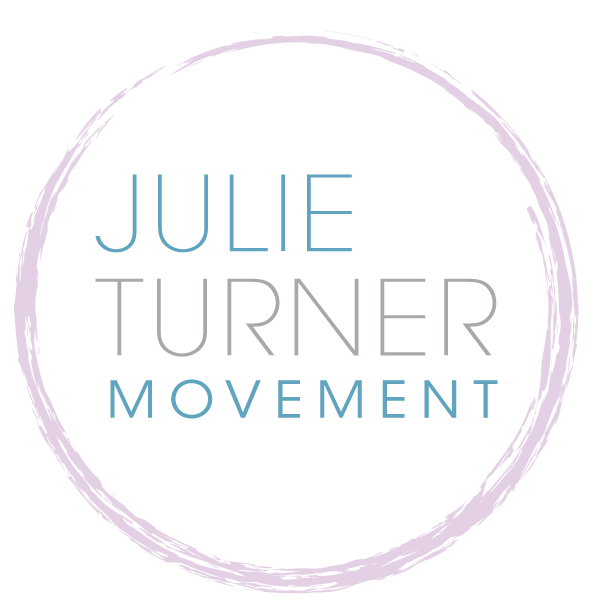Stress, Anxiety & PTSD
Your body’s nerves are the key to breaking anxiety
Exercise: On Mental Health Benefits
When you have chronic anxiety or PTSD, you have an unregulated nervous system. It’s normal to feel stress, and even experience fight, flight, or freeze sensations in your body, but the nervous system is designed to regulate quickly when stressful times end.
Chronic anxiety is the inability to calm the nerves when the stress is over. Or it is an overactive nervous system that goes into fight, flight, or freeze even when danger isn’t present. This is usually from past traumatic events, which is why PTSD happens.
How to improve mental health with exercise
Our brains and our bodies are designed to protect us, so when we have an experience that looks, sound or feels like it could be the same as a traumatic event from our past, our nervous system reacts. When this happens, you can become stuck in one state for too long and that impedes your ability to regulate. When you become stuck in hyper-arousal of your nervous system you may feel panic, increased startle response, feeling overwhelmed, unclear thought patterns, tense or rapid breathing, hyper-vigilance, increased heart rate, and emotional reactivity or sensitivity. When you become stuck in hypo-arousal you may feel an absence of awareness, numbness, lethargy, disengagement, poor contact, inability to process things, decreased heart rate, and difficulty tracking conversations.
If any of this sounds familiar, don’t worry, there is help! Certain types of exercise, like Pilates, can teach you how to regulate yourself physically. How does that happen?
A natural way to reduce stress
Well, the Vagus nerve runs from the base of the brain through the center of the torso, passing through the diaphragm on the way. It has a huge impact on your body and how you feel.
It’s responsible for regulating the central nervous system and returning to a feeling of calm inside our bodies by de-activating the stress response. It also helps us stay energized and focused when it’s stimulated gently.
One of the big influences on Vagus nerve tone is postural alignment. When the nerve has a direct pathway from the base of the brain, through the diaphragm, into the abdomen it creates better harmony in many of your bodily functions from speech and facial expressions to how efficiently your bowels work. Pilates is one of the most effective forms of exercise for alignment.
Another way to regulate your nervous system is through consistent breathing practice. When I work with clients, I first teach them how to use their diaphragms to breathe properly and engage their core muscles in a way that is functional and healthy. When you learn to allow breath into your body and move with more ease, you can calm your nervous system. When you learn the tools to calm your body down, you will be able to focus on the real discovery work of learning where your anxiety comes from and how to work through it. For this, you may want to seek out professional help from a therapist, but combining a movement practice with your therapeutic work will only enhance the process.
I also teach anatomy and biomechanics. This approach to movement helps you tether your mind, which is another way to bring calm back into the body. When you learn about your body and how it functions, it becomes easier to understand how to work physically with your nervous system as well.

